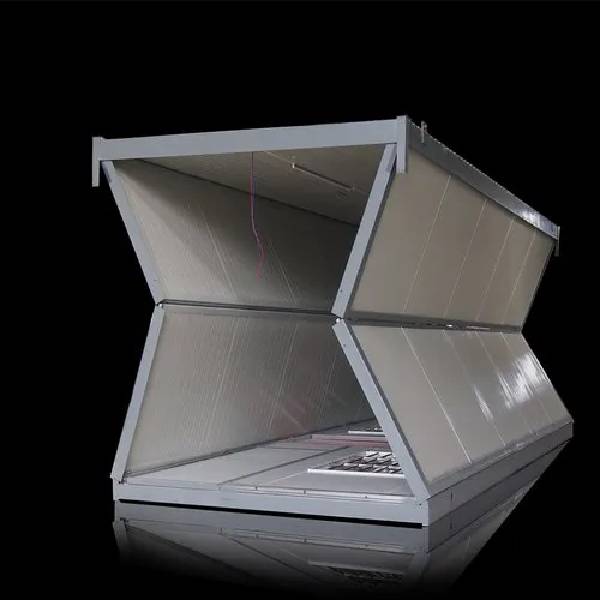Interventional Radiology Market To Reach US$22,849.9 Mn By 2023
Market Overview:
Interventional radiology refers to minimally invasive medical procedures that utilize image-guided techniques for diagnosis and treatment. It offers advantages such as reduced pain, faster recovery, and shorter hospital stays compared to traditional surgical methods, making it a preferred choice among patients. The increasing prevalence of chronic diseases, rising demand for minimally invasive procedures, and advancements in imaging technology drive the growth of this market. Moreover, the growing geriatric population and high healthcare expenditure further contribute to the market's expansion.
Market Key Trends:
One of the key trends in the Interventional Radiology Market is the adoption of advanced imaging technologies. With the advancement in imaging modalities such as ultrasound, computed tomography (CT), and magnetic resonance imaging (MRI), interventional radiologists can accurately guide and perform procedures. These imaging techniques provide real-time visualizations, aiding in precise diagnosis and treatment.
Additionally, the development of hybrid imaging systems, combining two or more imaging modalities, offers enhanced imaging capabilities during interventional procedures, leading to improved patient outcomes. The integration of artificial intelligence (AI) in imaging technologies further enhances the efficiency and accuracy of interventional radiology procedures. These advancements in imaging technologies are expected to drive the growth of the Interventional Radiology Market in the coming years.
Segment Analysis:
The interventional radiology market can be segmented based on product, application, and end user. In terms of product, the dominating segment is the angiography systems segment. Angiography systems are widely used in interventional radiology procedures to visualize blood vessels and organs. The high demand for angiography systems can be attributed to factors such as technological advancements, increasing prevalence of chronic diseases, and rising geriatric population. Furthermore, the growing adoption of minimally invasive procedures and the need for accurate diagnosis are also contributing to the dominance of this segment. Additionally, the angiography systems segment is expected to witness significant growth due to the increasing investment in healthcare infrastructure and the rising demand for advanced imaging techniques.
The global Interventional Radiology Market Demand is estimated to be valued at US$ 22,849.9 Mn in 2023 and is expected to exhibit a CAGR of 6.5% over the forecast period 22023-2030, according to a new report published by Coherent Market Insights.
Key Takeaways:
The global interventional radiology market is expected to witness high growth, exhibiting a CAGR of 6.5% over the forecast period. This growth can be attributed to various factors, including the increasing prevalence of chronic diseases, advancements in medical technology, and the rising geriatric population.
In terms of regional analysis, North America is expected to be the fastest-growing and dominating region in the interventional radiology market. This can be attributed to factors such as the presence of well-established healthcare infrastructure, increasing healthcare expenditure, and rising awareness about minimally invasive procedures. Furthermore, the high prevalence of cardiovascular diseases and the growing demand for advanced imaging techniques contribute to the dominance of North America in the interventional radiology market.
Key players operating in the interventional radiology market include Siemens Healthineers AG, Shimadzu Corporation, Koninklijke Philips, Hologic, Inc., Fujifilm holdings corporation, Esaote SPA, Carestream Health, Samsung Medison (Samsung Electronics Co. Ltd), and Canon Inc. (Canon Medical Systems Corporation), among others. These key players are focusing on strategic collaborations, product launches, and acquisitions to strengthen their position in the market.




Comments
Post a Comment